A great mushroom with a rich, strong taste and as it can grow so large and in rings, usually provides quite a feast.
Home / Mushroom Guide /
Horse Mushroom
Horse Mushroom
| Mushroom Type | |
| Common Names |
Horse Mushroom (EN), Abrahams, Caws Ceffyl (CY), Pieczarka Biaława (PL), Erdőszéli Csiperke (HU) |
| Scientific Name |
Agaricus arvensis |
| Season Start |
May |
| Season End |
Oct |
| Average Mushroom height (CM) |
10-16 |
| Average Cap width (CM) |
10-16 |
Please note that each and every mushroom you come across may vary in appearance to these photos.
Cap
10-16 cm. White, sometimes discoloured grey/brown, can be scaly or smooth. Starting spherical and opening out flat. Can bruise slightly yellow.
Gills
Crowded and free of the stem. When very young the gills are almost white but quickly turn from pale pink/grey to brown in more mature specimens. On unopened caps, the ring while still joined to the cap, looks like a ‘cog wheel’.
Stem
10-16 cm long, 2-3 cm diameter. Smooth and white with a double edged ring, can be finely flocculose toward the base.
Skirt
Superior. Can start fairly large but usually becomes damaged or shrinks to a ring. Has a double edge.
Possible Confusion
The Yellow Stainer (Agaricus xanthodermus) but this mushroom stains chrome yellow when bruised or cut and smells of Indian ink, hospitals or iodine and is not edible.
The Macro Mushroom (Agaricus crocodilinus) looks very similar but has a stouter stem covered in floccules below the skirt and more of a bitter almond aroma although some people smell aniseed only. This wouldn’t be a dangerous mistake, the Macro Mushroom is a great edible Agaric.
Can look similar to some of the Amanitas when young and light gilled but the Horse Mushroom does not have the bulbous base or volval sack that Amanitas have.
Spore Print
Dark purple/brown. Ellipsoid. You should scrape your spores into a small pile to get an accurate spore colour.
Taste / Smell
Excellent, this is one of our favourites. The smell of aniseed is a good way to identify this mushroom. Should be cooked before consumption.
Frequency
Occasional and widespread in most parts of the UK, but can be locally common.
Other Facts
In March 2025 the IUCN (International Union for Conservation of Nature) added 1000 fungal species to the IUCN Red List of Threatened Species. The IUCN (Global) Conservation Status of Horse Mushroom (Agaricus arvensis) is: LC – Least Concern, with stable population. For more information, see on the following link.



 (95 votes, average: 3.69 out of 5)
(95 votes, average: 3.69 out of 5)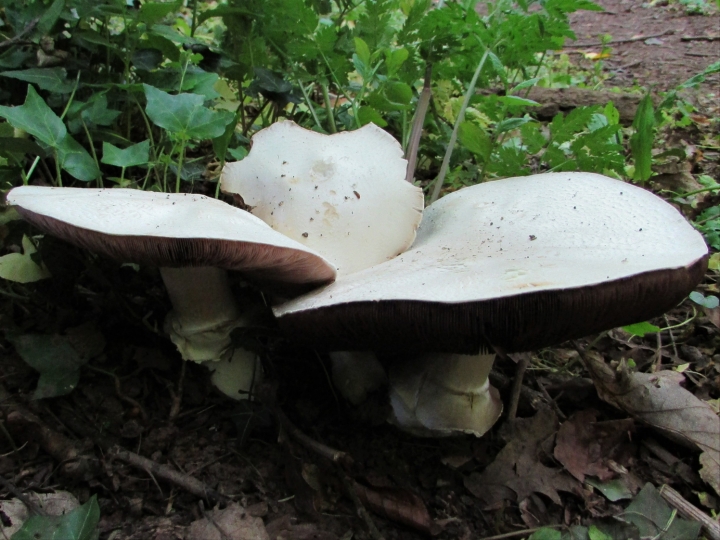















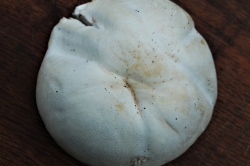
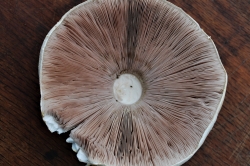
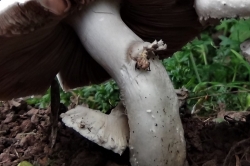
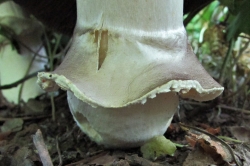
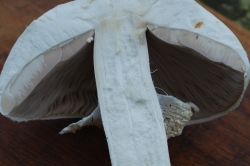
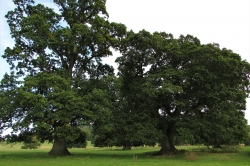
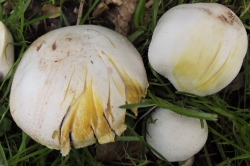
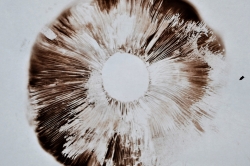


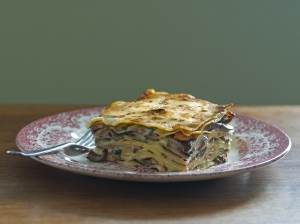
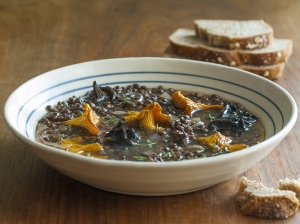
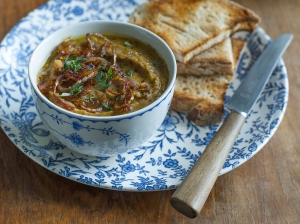






Leave a Reply